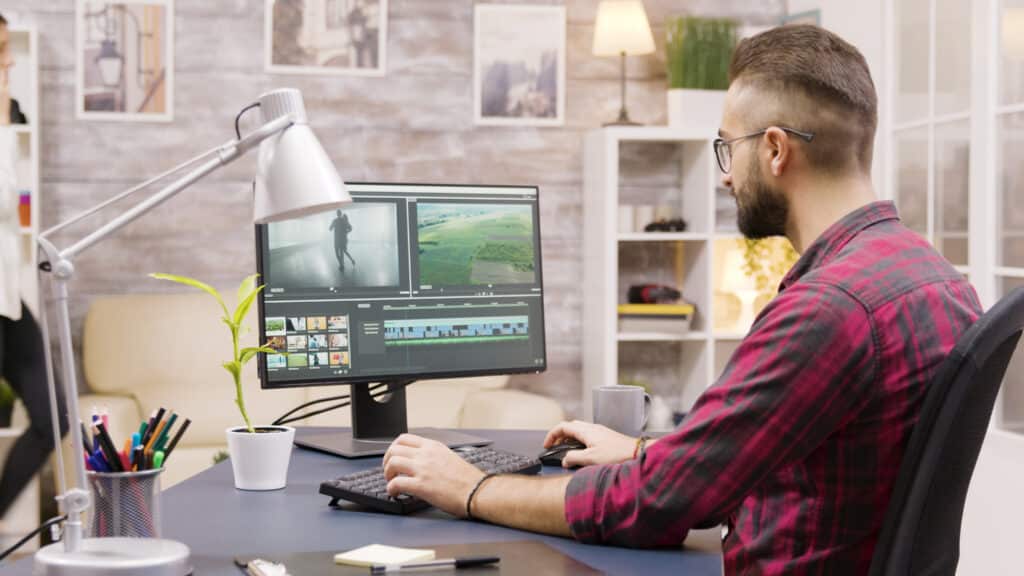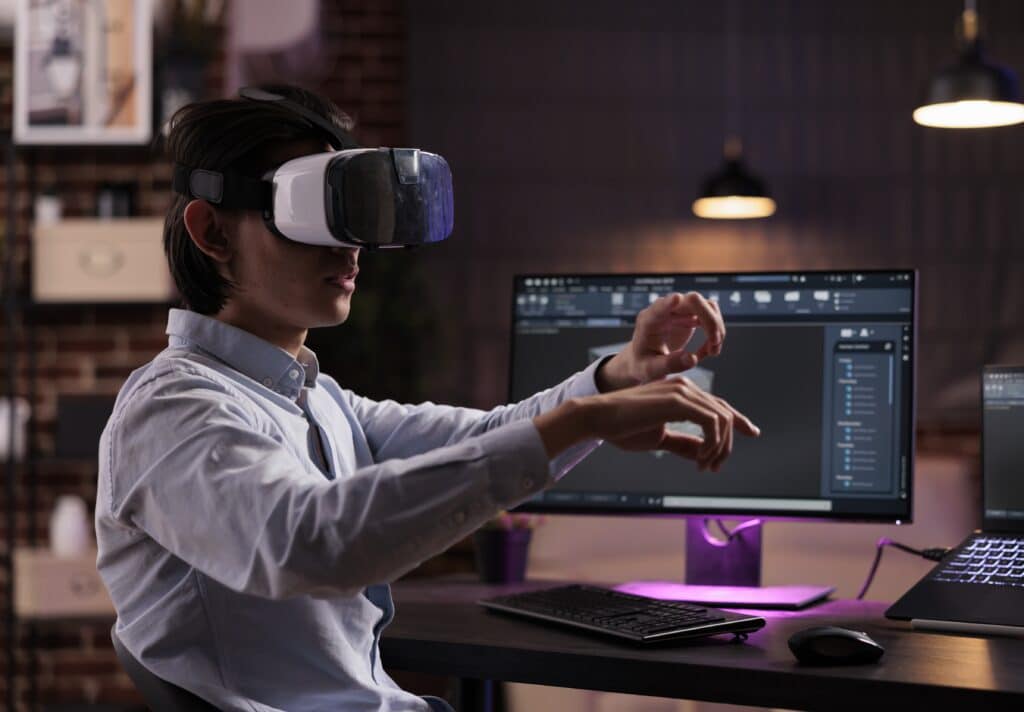
Adobe Premiere Pro CC stands at the forefront of video editing software, especially when it comes to creating immersive video experiences such as VR (Virtual Reality) and 360 video. This blog post is an essential read for any video editor—from novices to seasoned professionals—looking to enhance their videos with immersive video effects using Adobe Premiere Pro. We’ll explore how to utilize these advanced features to transform your footage into captivating VR content. Whether you’re creating virtual tours, interactive learning experiences, or engaging narrative films, mastering these tools will elevate your video projects to new heights.
Introduction to Immersive Video in Adobe Premiere Pro CC
Immersive video, encompassing VR and 360 video formats, is changing how we perceive and interact with video content. Adobe Premiere Pro CC offers a comprehensive set of tools that makes it possible to edit these formats effectively, providing viewers with a truly engaging experience. Understanding the workflow and the specific tools available is crucial for any editor looking to step into the realm of immersive video.
What Are Immersive Video Effects?
Immersive video effects are specialized tools in Adobe Premiere Pro that are designed to enhance the viewer’s experience by making it feel as though they are part of the video environment. These effects include transitions, color corrections, and spatial adjustments that are compatible with VR and 360 video formats, ensuring that the viewer enjoys a smooth and engaging viewing experience without any visual disruptions or distortions.
Why Use VR and 360 Video in Premiere Pro?

VR and 360 videos offer a revolutionary way of storytelling and presenting content that allows viewers to explore a video environment in all directions. In Adobe Premiere Pro, editors can utilize these formats to create interactive advertisements, educational programs, and narrative films that are more engaging than traditional video. The immersive nature of VR and 360 videos makes them particularly effective for industries such as real estate, tourism, and education.
Editing VR Footage: Basic Steps
Editing VR footage in Adobe Premiere Pro involves several key steps to ensure that the video maintains its immersive quality throughout the editing process. These include importing your footage correctly, setting up the sequence to match your footage’s specifications (such as frame size and frame rate), and applying the necessary VR effects to enhance the video’s immersive properties.
Using the VR Rotate Sphere Effect
The VR Rotate Sphere effect in Adobe Premiere Pro allows editors to adjust the orientation of 360 footage, ensuring that the most interesting parts of the video are the focal point when a viewer first looks at it. This effect can be keyframed to rotate the sphere over time, which is ideal for guiding the viewer’s attention throughout the video.
How to Create Seamless Transitions in VR
Creating seamless transitions in VR can be challenging due to the spherical nature of 360 videos. Adobe Premiere Pro offers several VR-specific transitions that blend scenes together smoothly without breaking the immersive experience. These transitions consider the spherical format and ensure that edges are blended in a way that feels natural in a VR environment.
Enhancing VR Videos with Color Gradients
Color gradients can be used effectively in VR videos to enhance visual depth or to guide the viewer’s attention to specific parts of the scene. The VR Color Gradients effect in Premiere Pro allows for subtle color changes across the 360 space, adding a layer of polish and atmosphere to your VR footage.
The Importance of Stereoscopic Adjustment
For VR videos, particularly those using VR headsets, stereoscopic adjustments are crucial. These adjustments ensure that each eye sees a slightly different angle of the scene, creating a sense of depth crucial for a true VR experience. Premiere Pro provides tools to adjust and optimize these settings to prevent viewer discomfort and enhance the 3D effect.
Exporting Your VR Video: Best Practices

Once your VR video is edited, exporting it with the right settings is crucial for maintaining its quality and ensuring compatibility with VR platforms and headsets. This includes selecting the correct format, codec, and ensuring the metadata necessary for VR videos is included upon export.
Learning Resources and Communities for VR Editing
The journey to mastering VR video editing doesn’t stop with knowing the tools. Engaging with communities and resources dedicated to VR video editing can provide ongoing support, inspiration, and knowledge. Online forums, tutorials from seasoned VR editors, and specific training resources in Adobe Premiere Pro can all enhance your skills and understanding of immersive video editing.
Key Takeaways
- Explore All Tools: Familiarize yourself with all the VR-specific tools Adobe Premiere Pro offers.
- Practice Seamless Transitions: Focus on mastering seamless transitions to maintain the immersive experience.
- Engage with Communities: Join forums and follow tutorials to stay updated on new techniques and tools.
- Export Correctly: Always double-check export settings to ensure your video maintains its intended quality.
By understanding and applying these advanced editing techniques in Adobe Premiere Pro, you can create compelling, immersive video content that stands out in today’s competitive digital landscape.
Master immersive video effects with our comprehensive Adobe Premiere Pro CC VR tutorial.
Elevate your video projects with stunning, interactive experiences. Contact us today to discover how our expert solutions can transform your content. Reach out now and start creating captivating immersive videos that stand out from the rest!




